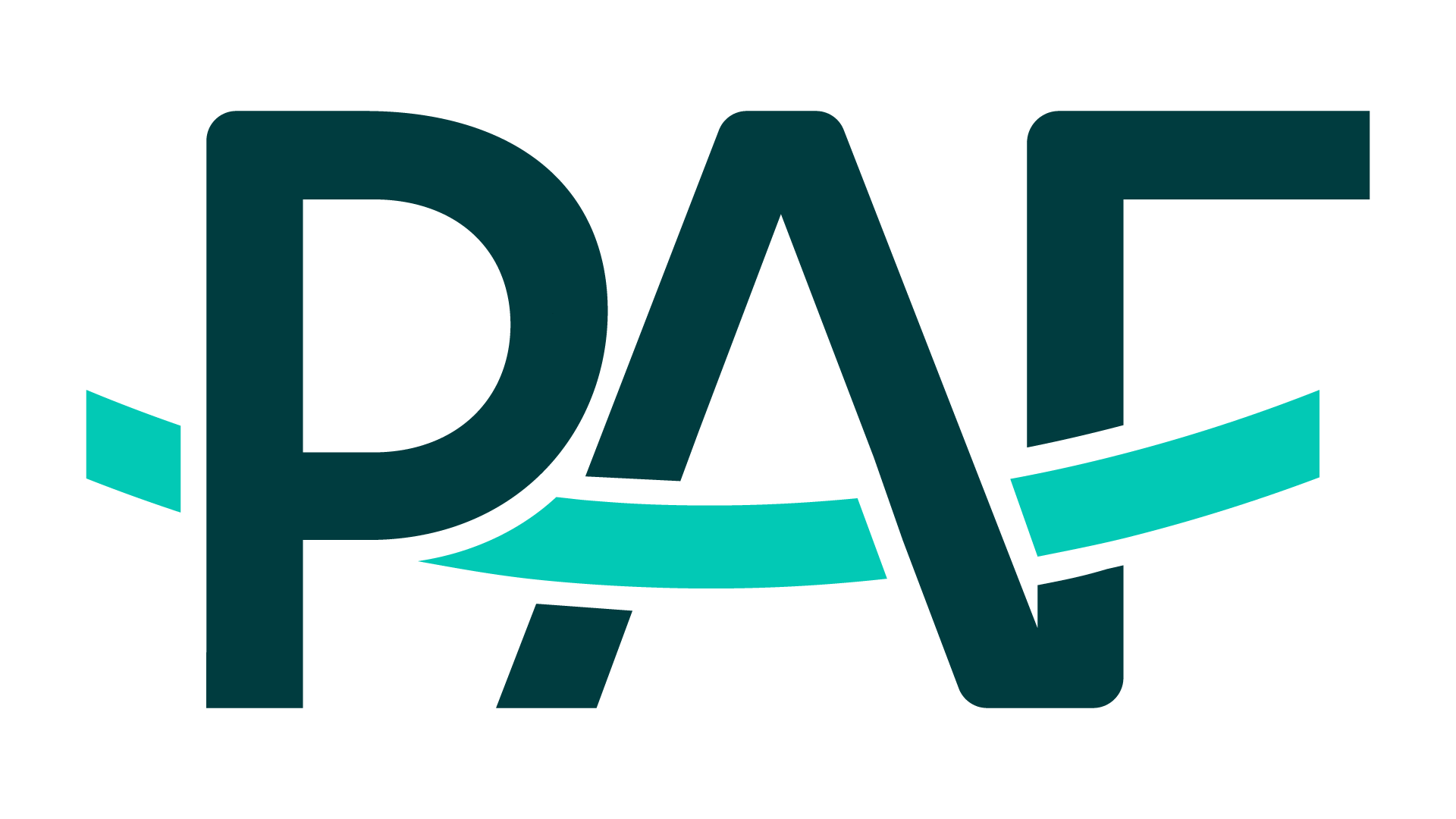PA Call to Action: Intentional Allyship
Susan Salahshor, PhD, PA-C
February 17, 2022

Dr. Salahshor is the founding Program Director of the Physician Assistant Program in the School of Health Sciences and Human Performance at Ithaca College. In addition, she serves on the PA Foundation Board of Trustees and is the current chair of the Foundation’s DEI subcommittee.
In health education and healthcare, we teach and learn about the social determinants of health. The social determinants of health are education, transportation, housing, employment, public safety, income and wealth, physical and social environment, and health systems and services. The healthcare we provide and teach is just one factor affecting the lives of our patients. The social determinants of health, health disparity gaps, and the COVID pandemic confirm the need to become skilled in health equity in a way not seen or done in the past.
The gaps in knowledge and sensitivities regarding health disparities among my peers in education became very real to me during the PAEA 2020 Forum. While attending one of the network sessions, the knowledge of the depth and breadth of the health disparity gap due to COVID-19 and its impact on minorities, coupled with my personal worry of how implicit bias was causing stress and burnout for Black, Indigenous, People of Color (BIPOC), was an emotional overhold that led to my audible cry for help. I developed an overwhelming sense of emotion. Unable to catch my breath, I pleaded with my colleagues, “We need your help, we (BIPOC) cannot do this work alone.” That tearful cry for help led to many messages in the chat saying, “I’m sorry” and “How can I help?” My fellow PAs wanted to support me. However, after that session, one PA educator reached out and said, “I don’t know how to help. Please tell me how to help.” This request to help led me to what Dr. Martin Luther King Jr. said: “In the end, we will remember not the words of our enemies, but the silence of our friends.” This PA colleague was demonstrating her work as a friend. Therefore, I charge non-URM faculty, PAs, PA students, and future PA students to be intentional in your curiosity to understand what our underrepresented minorities (URM) peers are experiencing.
Merriam-Webster defines allyship as “the state or condition of being an ally: supportive association with another person or group, specifically with members of a marginalized or mistreated group to which one does not belong.” Intentionality requires work; PAs working together to live out the PA Oath. It requires the PA profession working together to be better providers by understanding the impact of implicit biases in clinical practice. PAs and educators must work together to prevent trauma to students because of racism and injustice and to avoid leaving our own implicit biases unaddressed because we are afraid to confront sensitive and uncomfortable topics.
PAs can and must create inclusion and belonging for students and patients. But first, each of us must do the work internally. In Ibram X. Kendi’s How to Be an Antiracist, he states that we are all racist and have implicit biases. To give the best care, PAs must address their implicit biases to avoid medical stereotyping.
In education, PA educators challenge students to self-reflect. In clinical practice, we challenge students to think about the differential diagnoses and explain why they choose one diagnosis over another. Using this same learning model, I encourage each one of us to reflect and think about how we can demonstrate antiracist actions. Actions have and will continue to speak much louder, and have greater impact (positive or negative), than words. In healthcare systems we talk about Plan-Do-Study-Act (PDSA). We should create an action plan to remove stereotypes and biases in clinical practice and classrooms. We should be accountable and create measurable goals (do) to meet the plan. We should study our behaviors and use the resources provided by AAPA’s DEI Commission and PAEA for diversity, inclusion, and equity to expand our clinical skills as healthcare providers. We should act by acknowledging our role in the problem and the solution.
The work to remove biases, prejudice, and medical stereotyping requires intentional and consistent effort. In PA school, students practice taking medical histories and giving physical exams daily, weekly, and monthly to demonstrate the skills to be a good PA. In clinical practice, we use our communication and clinical skills to provide patient-centered care. To address health disparities, PAs and educators need to practice allyship as part of the patient-centered care model. Knowledge + action = removal of biases, prejudice, and medical stereotyping over time and with ongoing practice. We need to move beyond our knowledge and act. What can you do to be an intentional ally? Practice ALLYSHIP…
Advocate for change in admissions of students and hiring of PAs. PAs and PA educators by education and training are leaders and understand collaboration.
- Seek to improve your admissions process and improve policies and practice using the PAEA Diversity Kit each cycle.
- Read articles about increasing underrepresented minority (URM) in PA schools.
- Employ innovative ways to make changes that increase URMs in clinical practice.
- Mentor a BIPOC student, advocate for them, and sponsor them within your clinical practice for a job.
Lead by example. For educators: If non-URM faculty see other non-URM faculty mentoring and reviewing a BIPOC application before they load it to CASPA, or meeting with BIPOC students on rotations, they will see your leadership as an example to mentor. All PAs are trained collaborators. PAs in practice can lead by ensuring medical stereotypes are addressed. Invite peers to a Justice, Equity, Diversity, and Inclusion (JEDI) reading club and develop an action plan from each book to implement in your clinical practice to increase accountability and honest dialogue about implicit bias.
Learn by reading, research, and other resources. PAs and educators must increase knowledge about equity topics, antiracism, medical stereotypes, and implicit biases. First read, use reliable resources, create a trusting relationship with a BIPOC individual, and ask clarifying questions.
Yell your allyship through the roof. Non-URM PAs and educators must call their fellow non-URM colleagues out when they observe microaggressions to prevent further trauma to BIPOC PAs and students. Merriam-Webster defines microaggression as “a comment or action that subtly and often unconsciously or unintentionally expresses a prejudiced attitude toward a member of a marginalized group.” Non-URM colleagues may not know the impact of a comment, so speak up. Non-URM allies need to engage their friends and families in crucial conversations around justice, equity, diversity, and inclusion topics. Non-URM allies should respond to racist behaviors when the behavior occurs using emotional intelligence.
Support BIPOC pre-PA or PA students with resources and networking opportunities. The PA profession is a small community and connections can be made. Introduce them to your PA friends – build a community with them. Support them by connecting them with PA educators. Support them with a mentor in your clinical setting.
Help BIPOC pre-PA and PA students by giving them the necessary resources. Applying to PA school is expensive and time consuming. Ask students what type of resources they need for success. For example, many pre-PA and new graduate PAs purchase suits for interviews; consider a gift card, connect them to an educator, connect them to a recent graduate you mentored.
Invite them into your environment. Create a community of support for BIPOC students, colleagues, and staff. BIPOC pre-PA and PA students need relationships beyond a session on Zoom. Have coffee, tea, or a meal with them.
Prepare to be uncomfortable. Take a risk. Get past your discomfort. It is uncomfortable to talk about biases. Non-URM colleagues will make mistakes. Communicate honestly with BIPOC individuals. In PA education we talk about Knowledge, Skills, and Abilities (KSA). When we communicate through our discomfort, we increase knowledge and improve skills and behaviors (attitudes) in a thoughtful and sincere manner.
Join me in this opportunity to move beyond words and act with intentionality. Join me in adopting the ALLYSHIP framework and do one thing each month to help BIPOC individuals, especially PA students and new graduates. This is our work, the PA Professional Oath we pledged, and our responsibility as PAs. Let us work to: Advocate, Lead, Learn, Yell, Support, Help, Invite, and Prepare to set our profession apart by its intentionality.
This blog post is published in collaboration with PAEA and AAPA and reflects our mutual interest in increasing knowledge around equity topics that will: promote more inclusive environments for PAs from historically excluded populations, further the dialogue within the PA community on the topic of diversity, equity, and inclusion, and increase awareness of the PA role in addressing health disparities in underrepresented (URM) communities.

